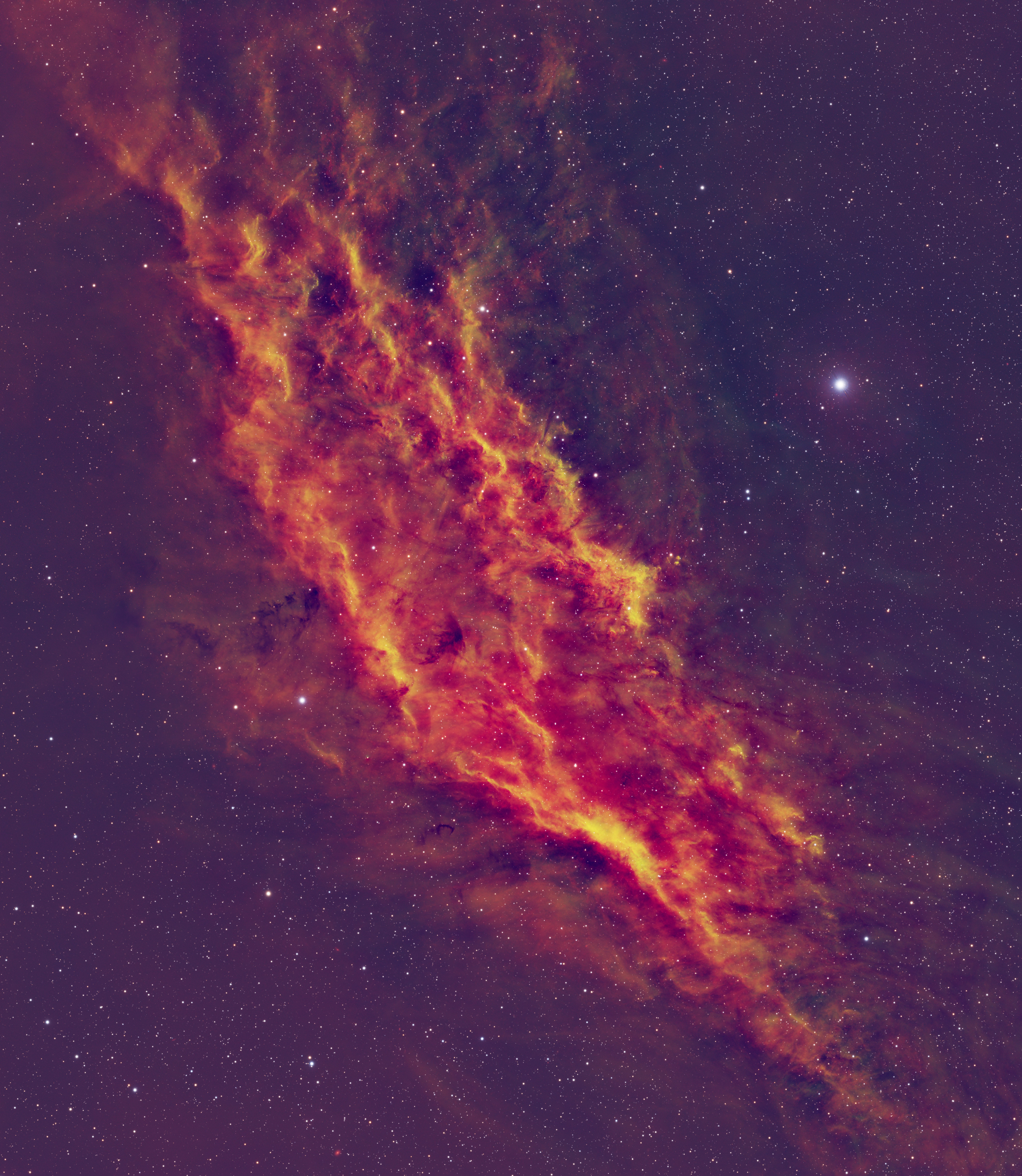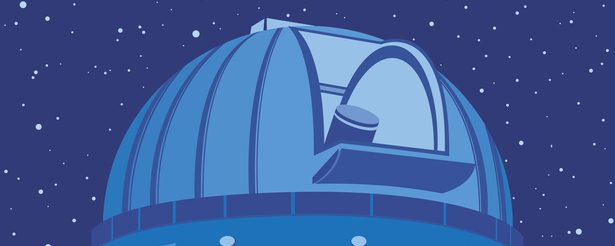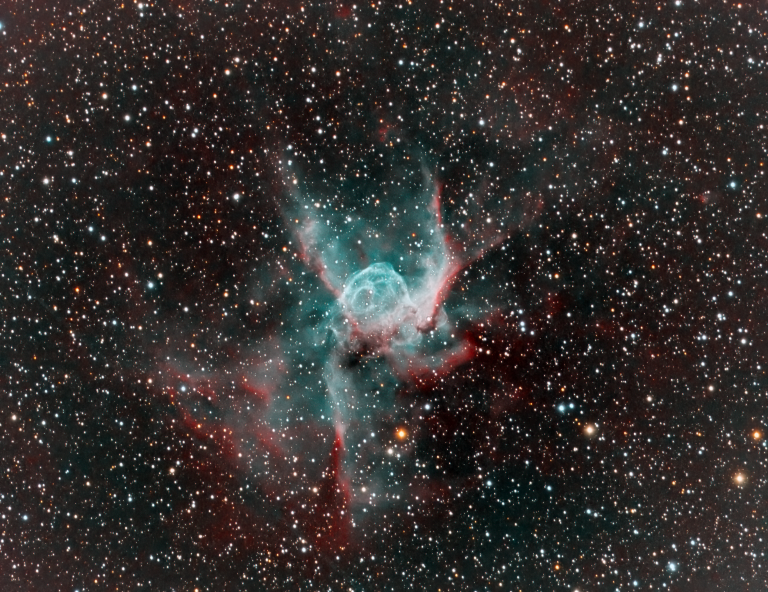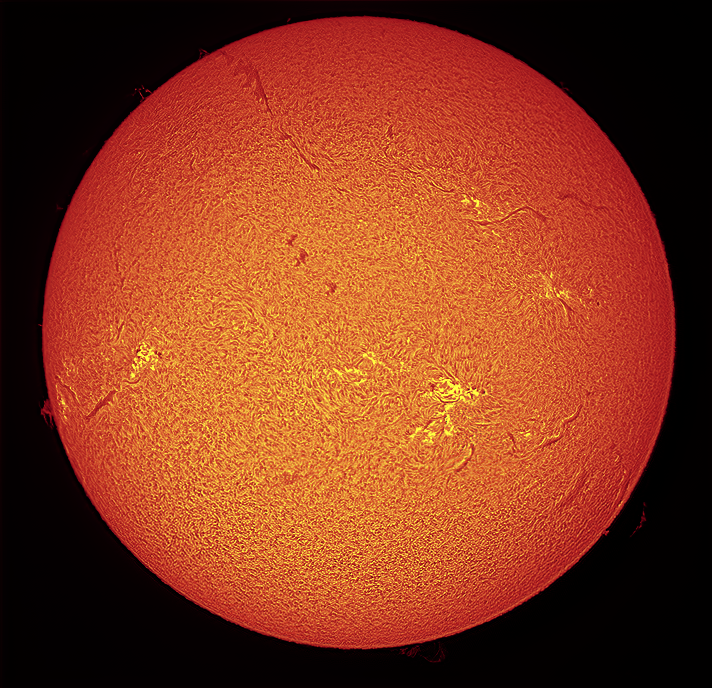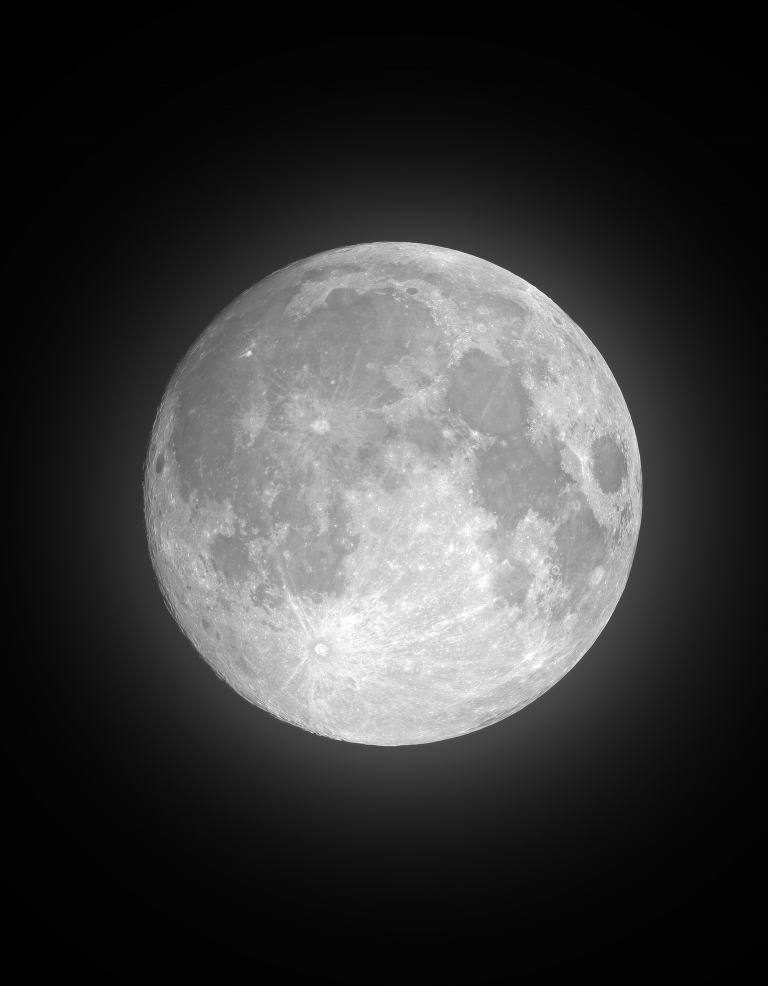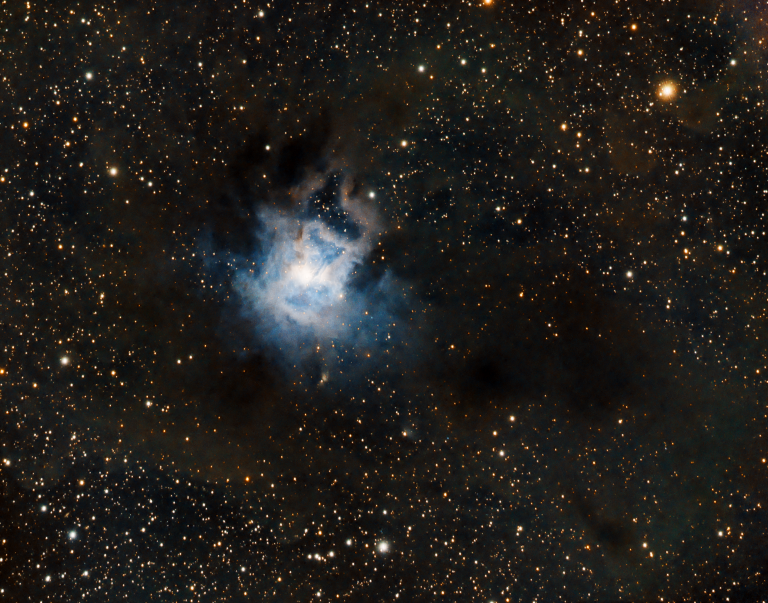Going Back to Cali
Both on Earth, and in space! While we prepare for a year or two in California, I trained Scopey von Scopington on the California Nebula for a few nights. Pretty obvious how it got its name!
This is a two-panel mosaic, consisting of narrowband SHO data for the nebula and broadband RGB for the stars. There is surprisingly little Oxygen signal in this thing, so I had to tone down the green to make it look a little more appealing.
